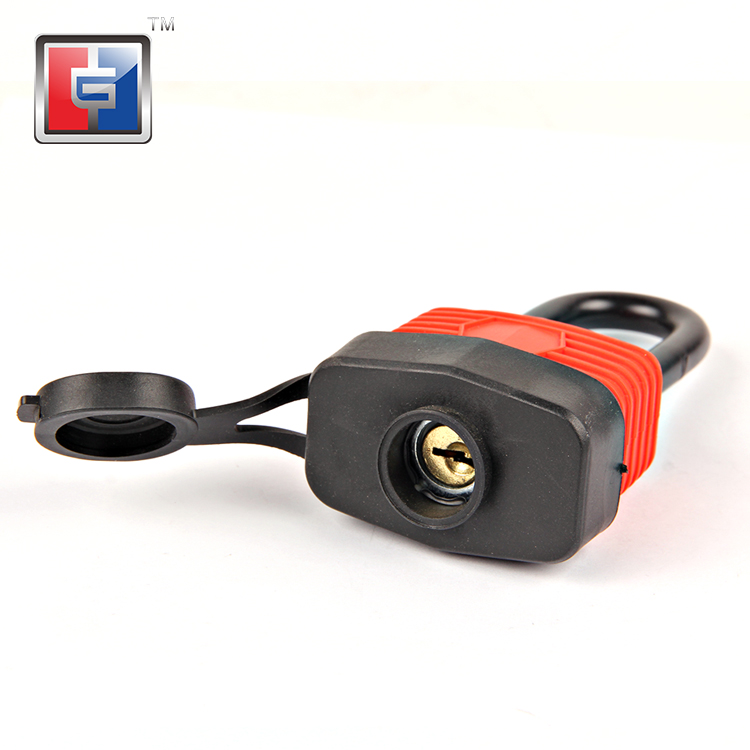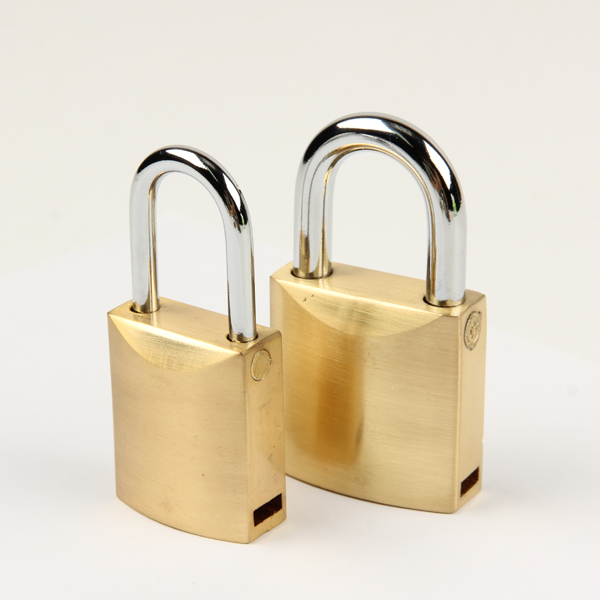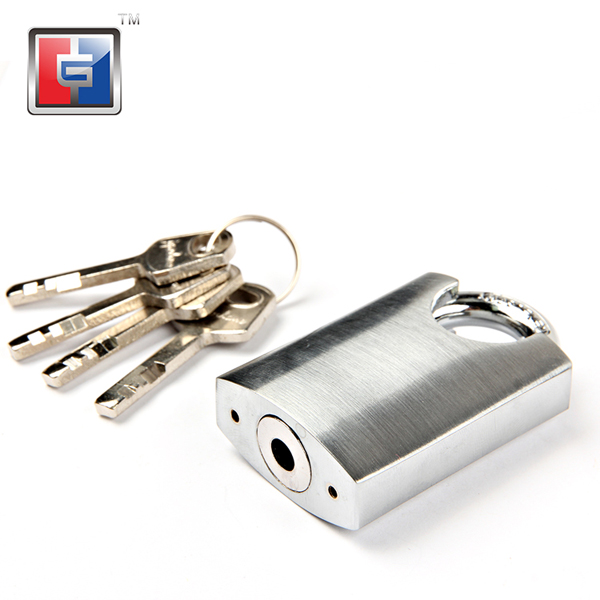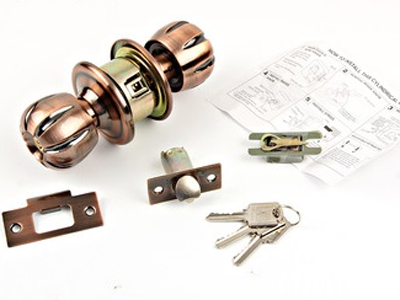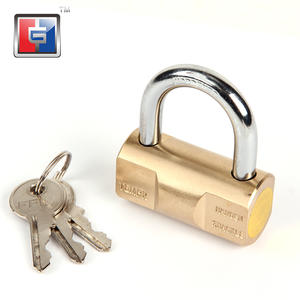How to Maintain the Security Padlock?
In fact, you only need to put a little more effort into caring for and maintaining your padlocks, and you don't need to buy new padlocks as often to replace your old ones. To make sure your padlocks can work properly in the long run, here are a few tips you need to know to maintain your door padlocks.
Regular Lubrication
An important part of padlock maintenance is keeping your locks lubricated. Over time, dust, particles, and chemicals in the air can adhere to or settle in the lock to impede the operation and performance. Lubrication helps prevent padlock cylinders and shackles from jamming as the lubricant flushes away dust and dirt that can cause friction between moving parts.
Regular cleaning and lubrication every 3-6 months are recommended to keep your safety padlocks running smoothly like new ones, increasing the life span of your padlock. Also, regular lubrication will also help reduce freezing in cold weather environments. Door padlocks used in extremely dusty or corrosive environments should be cleaned and lubricated every three months.
Please kindly note that in terms of lubricant selection, do not use silicone lubricants or dry graphite, as they also attract dirt, interfering with the movement of parts when used in excess. A professional padlock lubricant is recommended for the best lubrication effects.
Comprehensive Cleaning
Another aspect of padlock maintenance is interior and exterior cleaning of security padlocks. Wipe away the dirt or grime with a cloth and water from the exterior of the padlock, or use a mild detergent or soapy liquid if there is a stubborn stain.
As for internal cleaning, open the padlock and spray pressurized air into the padlock cylinder and shackle to remove loose dirt and grime. You can also spray the cylinder and shackle with pressurized water, but be sure to leave it open to dry completely, and finally, don't forget to lubricate the padlock.
Environmental conditions
Indeed, you cannot prevent condensation or wind dust from forming on the padlock, but you can avoid immersing the padlock in water. If you are using the padlock with a safety cable or chain, you can lift the padlock so that it is not in direct contact with the ground. And as mentioned above, you should also lubricate the padlock more frequently when using it in extreme environments.
Take good care of your keys
You may not have thought that taking good care of your keys is also part of padlock maintenance. Most keys are made of brass, which is a soft metal material. If the key is not in the correct position, or if the lock cylinder is forcibly turned with the key, it can cause the key to bend, twist or even break. Actually, there will be normal wear and tear on the key every time you insert it into the lock cylinder, even with everyday use. If you notice that the key is twisted or bent, or when unlocking becomes difficult, it's time to replace the key.
Conclusion
Padlocks help secure your home and business, which is the cost-effective choice for most people. However, despite their ability to secure your property, they do require maintenance. The proper use and security effectiveness of padlocks may deteriorate over time and with the frequency of use.
If you are looking for high-security padlocks for replacement, HG.LOCK can help you! We are a professional manufacturer and supplier in China, offering a wide range of high-quality safety padlocks at great prices! Please feel free to contact us at hongguang_lock@163.com to get more information!


